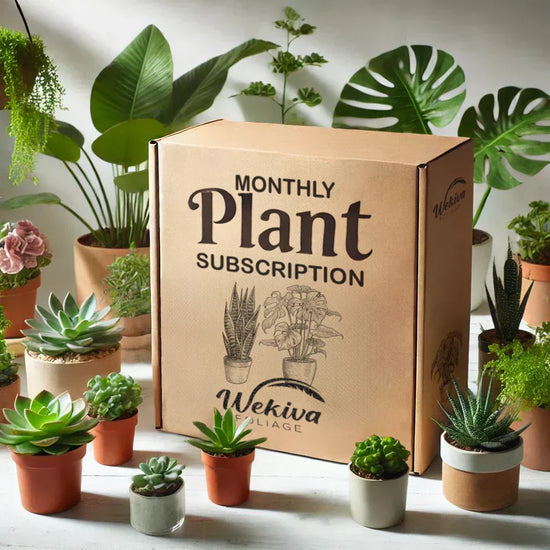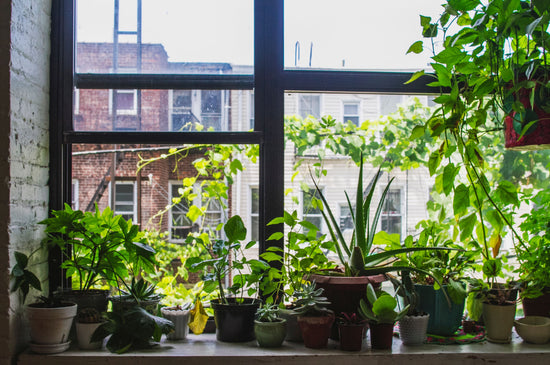When Do Clematis Bloom? A Complete Guide
Clematis vines are beloved for their vibrant and diverse blooms, making them a staple in many gardens. Understanding when clematis plants bloom is essential for maximizing their beauty and ensuring they thrive. Clematis vines can bloom from early spring through late fall, depending on the variety. Popular species like Clematis montana and Clematis armandii bloom in spring, while varieties such as Clematis jackmanii and Clematis viticella showcase their flowers during summer and early fall. Discover your favorite varieties in our Clematis Collection.
Blooming Seasons by Clematis Group
Group 1: Spring-Blooming Clematis
Includes Clematis montana, Clematis armandii, and Evergreen Clematis. These varieties produce blooms on old wood (growth from the previous year). Flowering typically occurs in early to mid-spring.
Group 2: Spring and Summer-Blooming Clematis
Varieties like Nelly Moser Clematis and Clematis jackmanii fall into this category. They bloom twice a year: once in late spring on old wood and again in summer on new growth.
Group 3: Summer and Fall-Blooming Clematis
Examples include Clematis viticella and Sweet Autumn Clematis. These vines bloom on new growth and require pruning back in late winter or early spring. Flowering begins in midsummer and can last through the fall.
Factors Affecting Clematis Blooming
Light Requirements
Clematis vines prefer full sun for optimal blooming, although some varieties like Clematis armandii can tolerate partial shade.
Soil Conditions
Clematis thrive in well-drained, nutrient-rich soil. Incorporate compost or organic matter to ensure healthy root growth.
Pruning Techniques
Proper pruning encourages more blooms and prevents overgrowth. Match your pruning approach to the clematis group.
Watering and Fertilization
Keep the soil consistently moist but not waterlogged. Use a balanced fertilizer during the growing season to promote flowering.
Clematis Blooming Care Tips
- Support Structures: Clematis vines need sturdy supports like trellises or arbors to climb and display their blooms.
- Shade the Roots: Clematis roots prefer cool conditions. Mulch or plant ground covers around the base to shield them from direct sunlight.
- Inspect for Pests: Regularly check for pests like aphids or spider mites that can damage blooms.
FAQs About Clematis Blooming
Q: How long do clematis flowers last?
Clematis blooms can last several weeks to months, depending on the variety and care provided.
Q: Why isn’t my clematis blooming?
Common reasons include insufficient sunlight, poor soil quality, incorrect pruning, or stress from pests or diseases.
Q: Can clematis bloom multiple times a year?
Yes, Group 2 varieties can bloom twice—once in spring and again in summer.
Q: Are there clematis varieties that bloom in the fall?
Yes, Group 3 varieties like Sweet Autumn Clematis bloom well into the fall season.
Enhance your garden with our wide selection of clematis plants, including timeless favorites like Clematis jackmanii and Clematis viticella, available now in the Clematis Collection. Their stunning blooms are sure to make your garden a visual delight.




